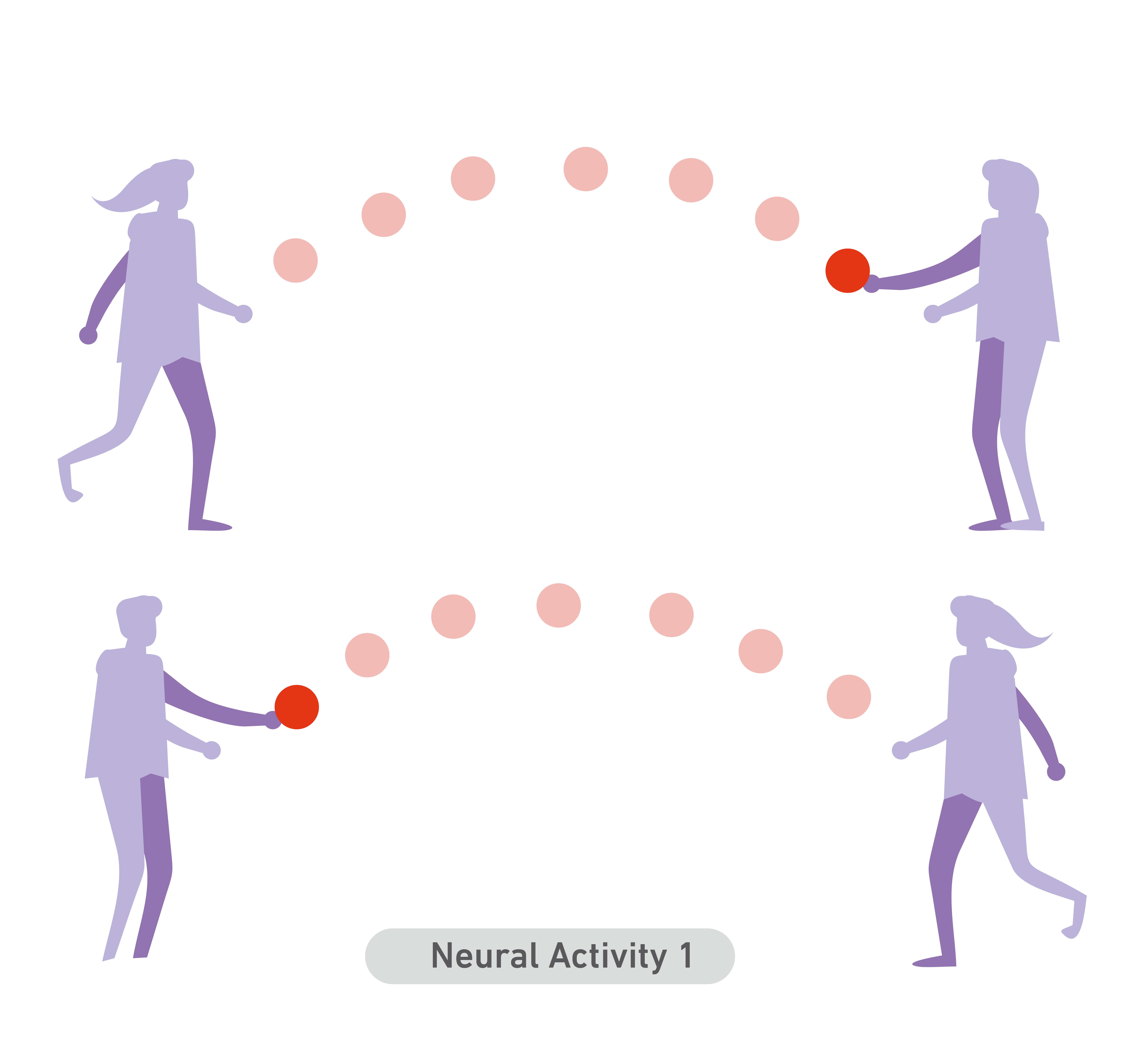
So far, we have discussed how the brain interacts with signs and inputs from the external world. But we also need to explore how the brain interacts with all of the signs and inputs from the internal world—from the body, and from other parts of the brain itself.
For that discussion, we need to take a step back, and explore how the brain, how the control tower, is made, and how it initiates all of its communication.
Earlier we mentioned how our brains coordinate certain reactions that they later have to calm or redirect. This happens to everyone.
While the functions of the unconscious and conscious brain might seem to be conflicting, you need both. They complement each other in order to keep you alive, and to keep you healthy, to make sure you navigate the world around you successfully.
Without the unconscious functions of the brain, you could not live. All of us need automatic processes and shortcuts in order to free up energy and space for more demanding tasks–for everything from solving math problems, to interacting with peers, to inventing things, to complex decision making.
Humans have the most complex and advanced brains of any species on the planet. Our brains contain around 86 billion (86,000,000,000) neurons, which are specialized cells that transmit impulses in the form of electrochemical signals to other neurons.
These impulses travel across connections or junctions between neurons called synapses.
So synapses are the junctions, spaces between individual neurons, where chemical and electrical signals are passed.

The activity of neurons is simple to understand. Imagine you are standing in a line with other people, and along the line a few balls are being tossed back and forth. Each person in the circle is like a neuron, and the ball is an electric or chemical signal.

Each hand-off or toss of the ball sends an impulse from person to person. It is like the impulse from one neuron to the next. Each “firing” of a neuron sends an impulse from one neuron to another, forming a pattern. All of the brain’s activity is nothing more than electrical and chemical impulses being passed between neurons in specific patterns
The sequential and patterned firing of neurons is called neural activity, and unique patterns of firing and activation lead to unique behaviors and thoughts and actions. For example, there is a distinct pattern of neural activity for specific movements.
The movement of your fingers is the result of a few unique chains of neurons communicating and sending electrical impulses in order.
Every thought you have is the result of a specific pattern of neurons firing and sending electrical impulses to each other.
There is a distinct pattern of neural activity that happens when you fall asleep.
There is a distinct pattern of neural activity when you are startled by something.
When enough electric and chemical signals occur along a given neural pathway, we react. Electrical signals are passing through our brains constantly. Neurons are communicating and passing information all the time. As the signals increase in frequency and number, we begin to gear up for specific actions or thoughts or “instructions” to the body.
Remember the airport control tower. Instead of using radios like the engineers in the control tower, humans use neurons to communicate throughout the body and coordinate responses including thoughts, actions, movements, and feelings.

Our 86 billion neurons are connected to each other in intricate ways. In fact, there are 100 trillion neural connections in the brain. That is 1 with 14 zeros after it–connections.
Neurons in the brain are clustered together into different formations–many of which we will talk about in these videos simply as “parts” of the brain or “regions” of the brain. And different parts of the brain have specific functions.
We have something called a visual cortex, which is where inputs from the eyes are interpreted and understood as forms, colors, and images.
We have a motor cortex, which coordinates voluntary physical movements.
We have an auditory cortex, which processes sound inputs from the ears.
We have regions dedicated to feeling pain, both physical and social.
We have specific parts and extended networks comprising various parts dedicated to interpreting threats to our safety, even if the threat is just imagined.
While scientists have a good idea about some specific functions of particular brain regions, these brain regions do not work alone. Regions of the brain are so interconnected. Like the elephant and the rider, our different cortices, our automatic and conscious processes, all depend on each other in a complex network.